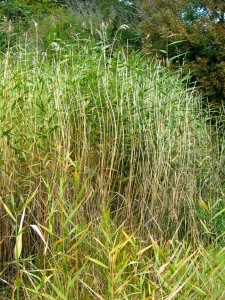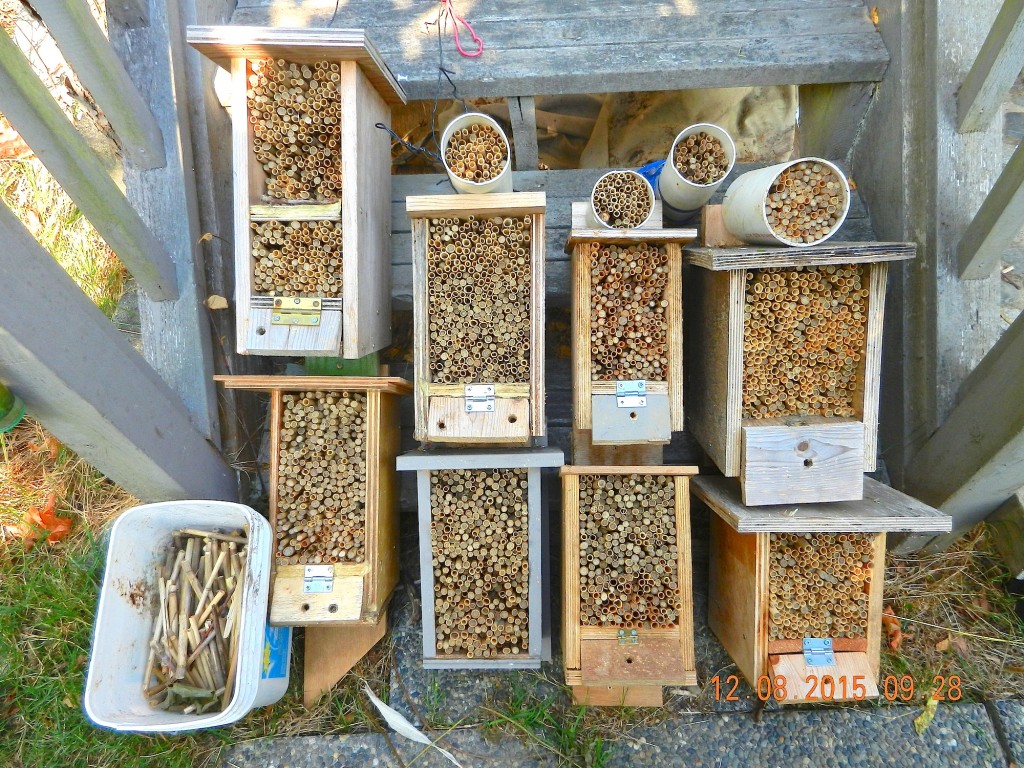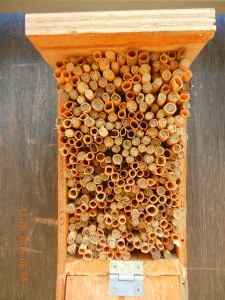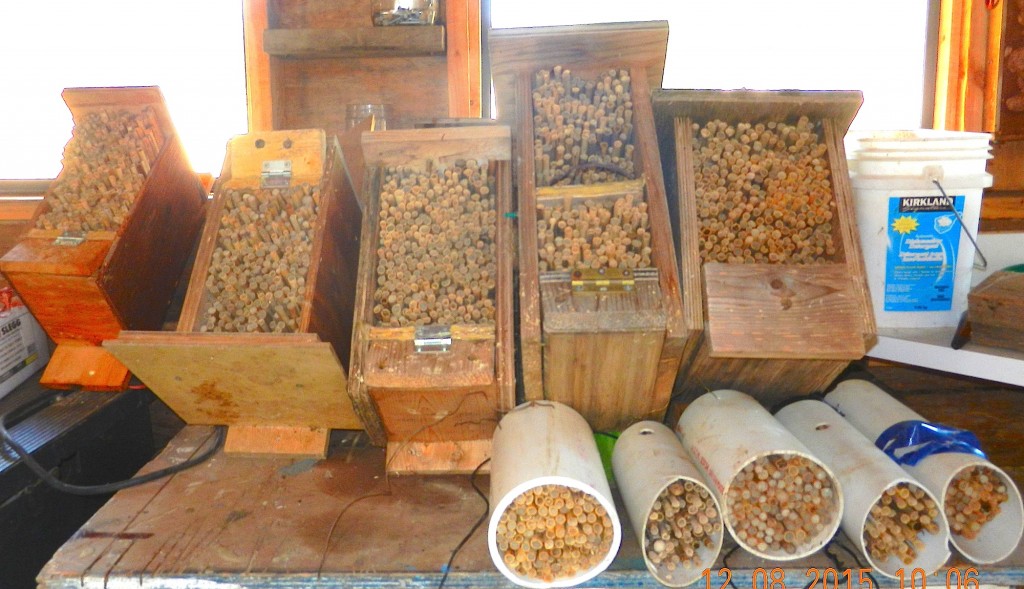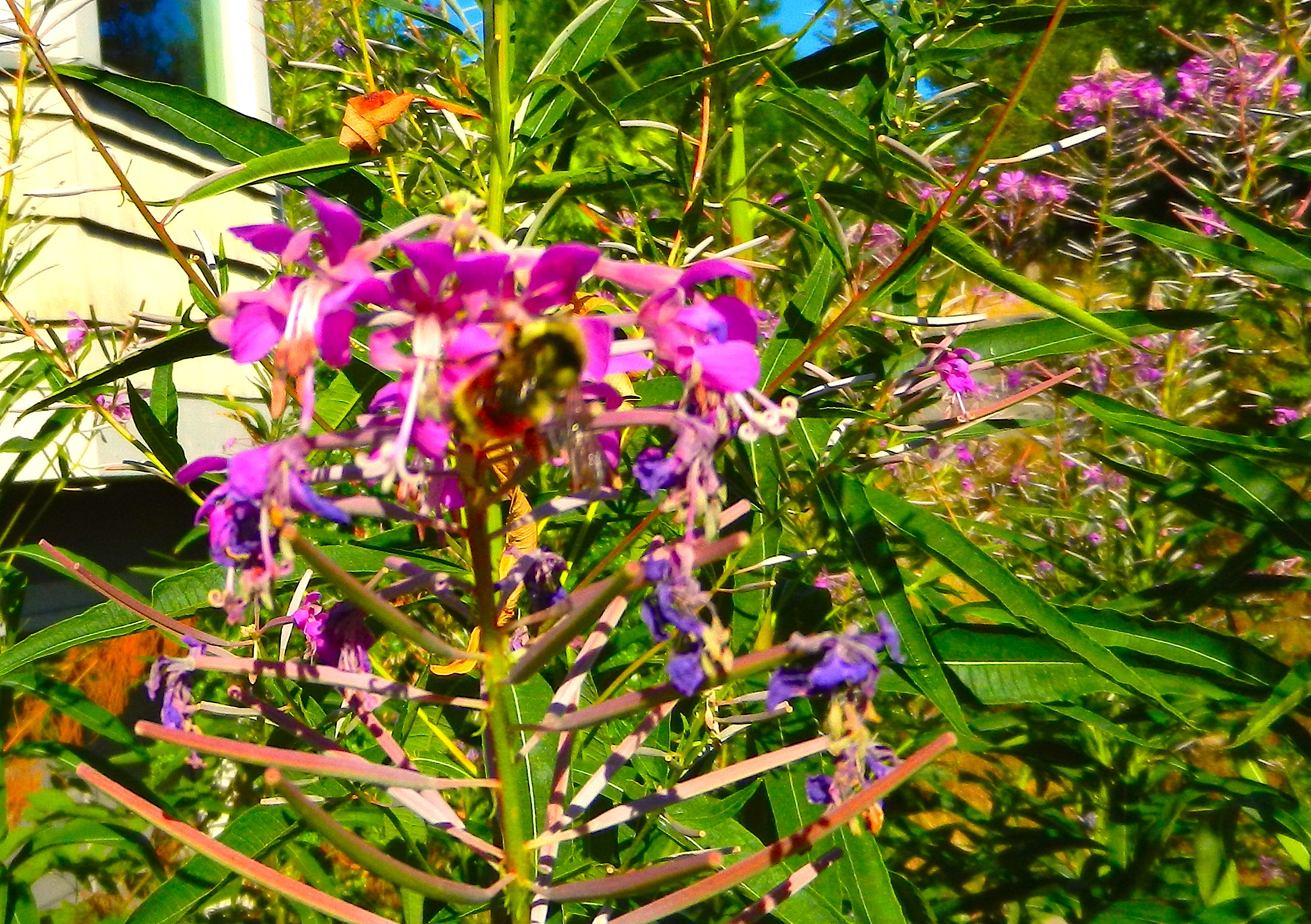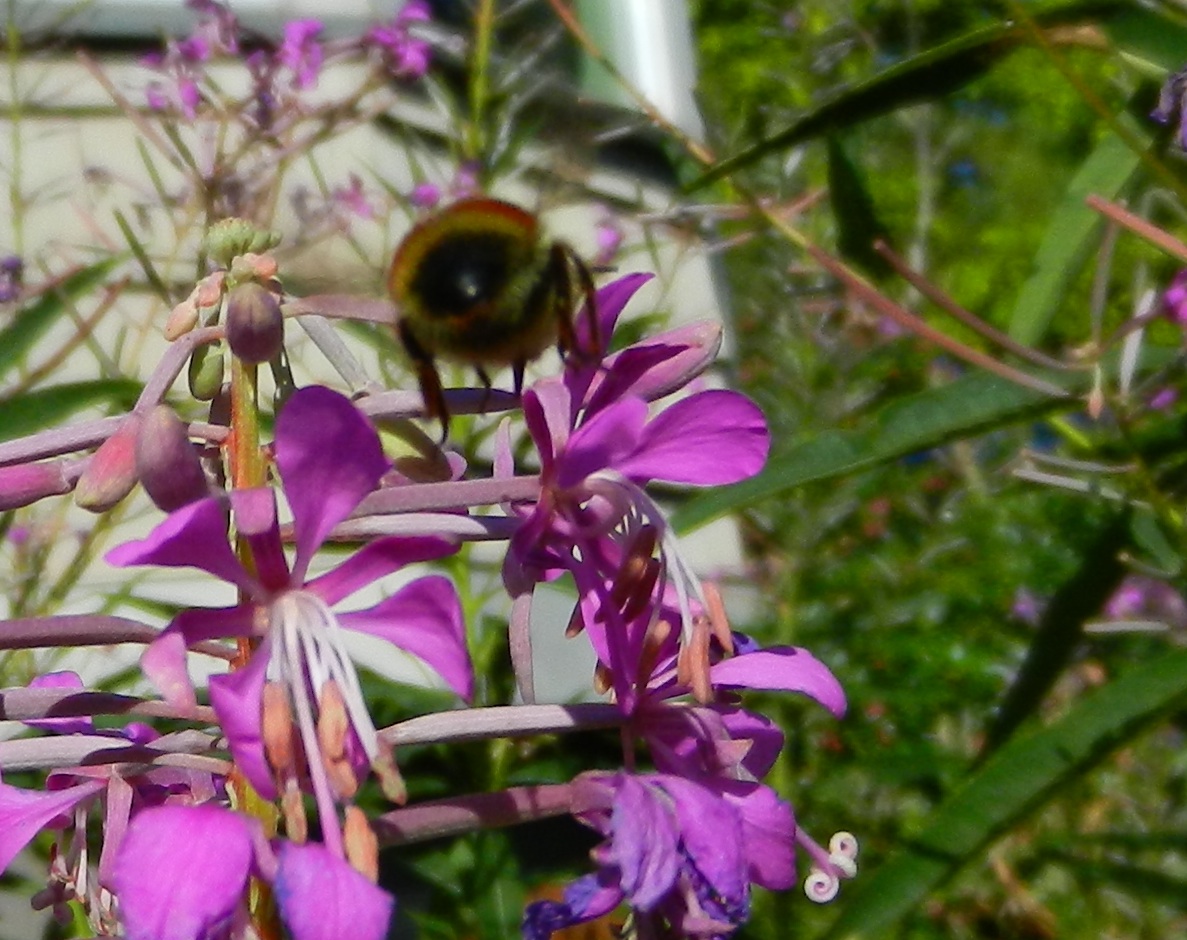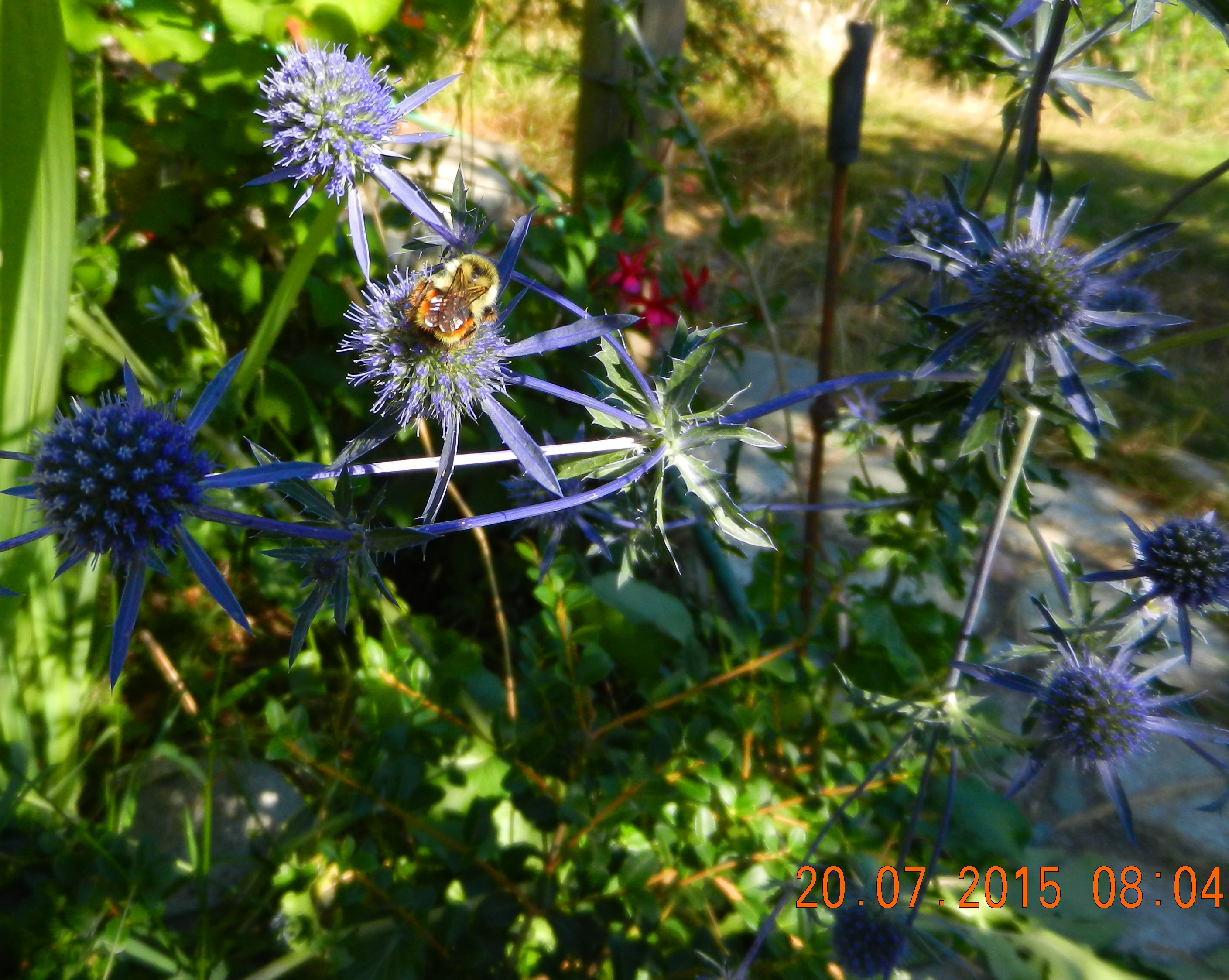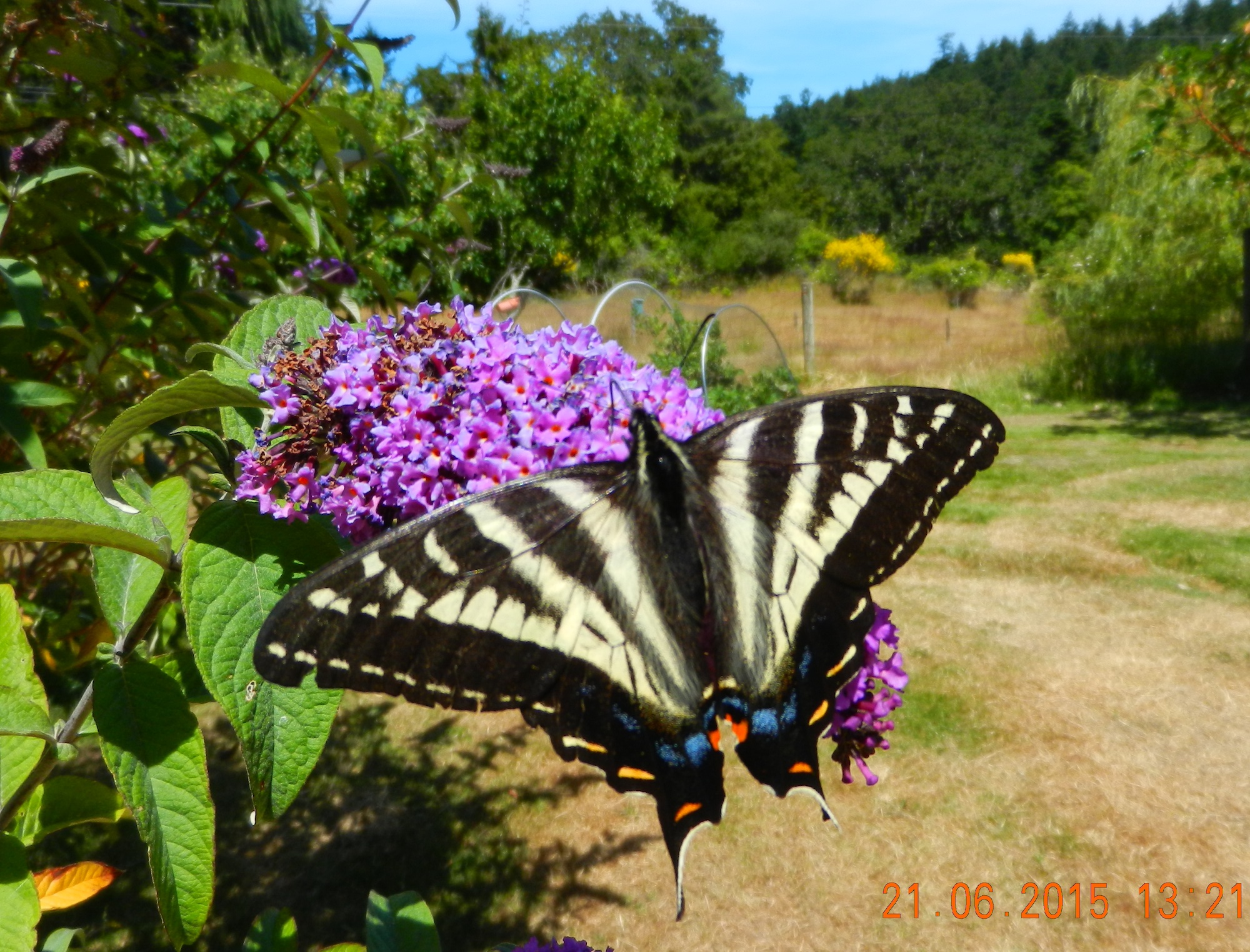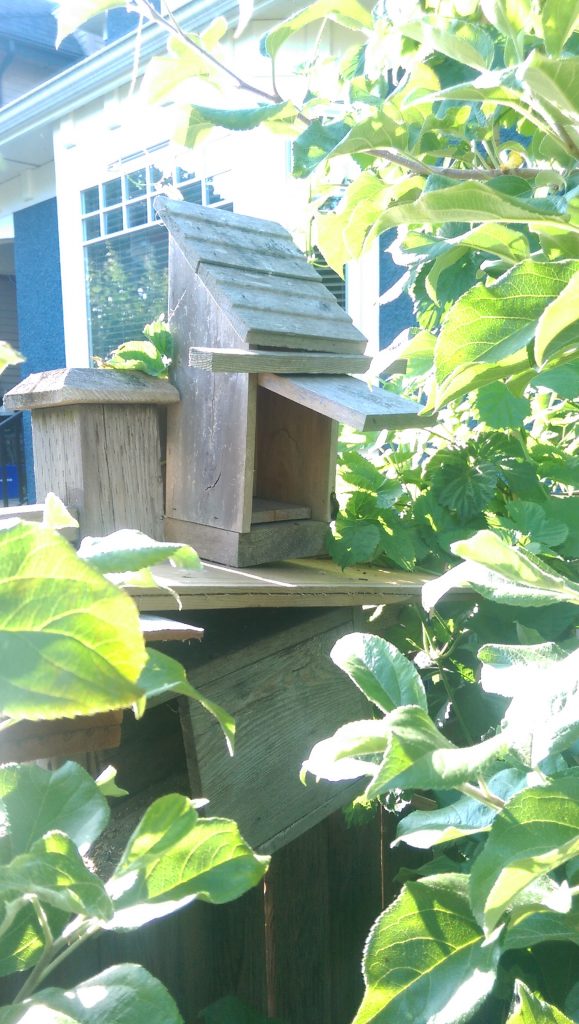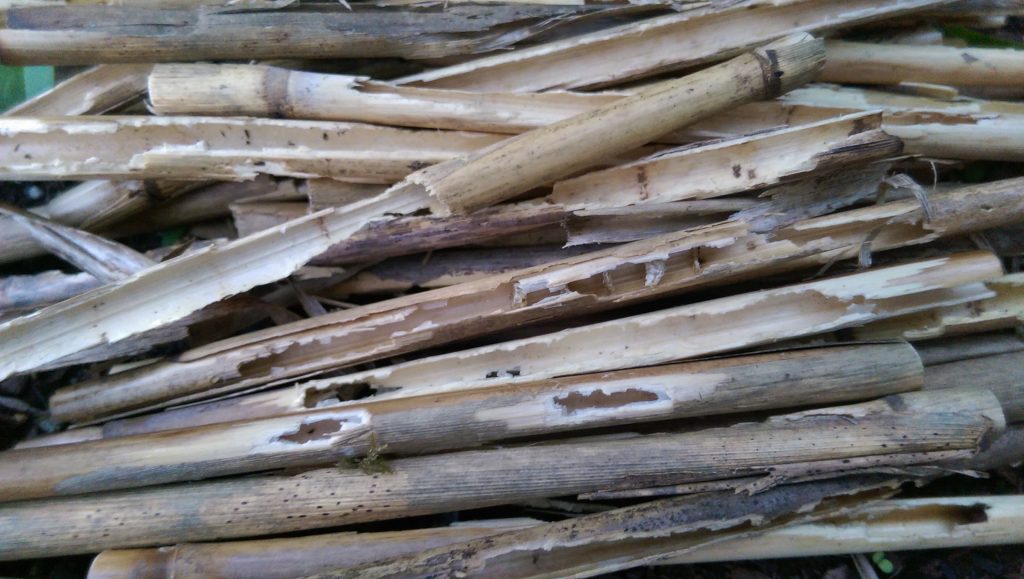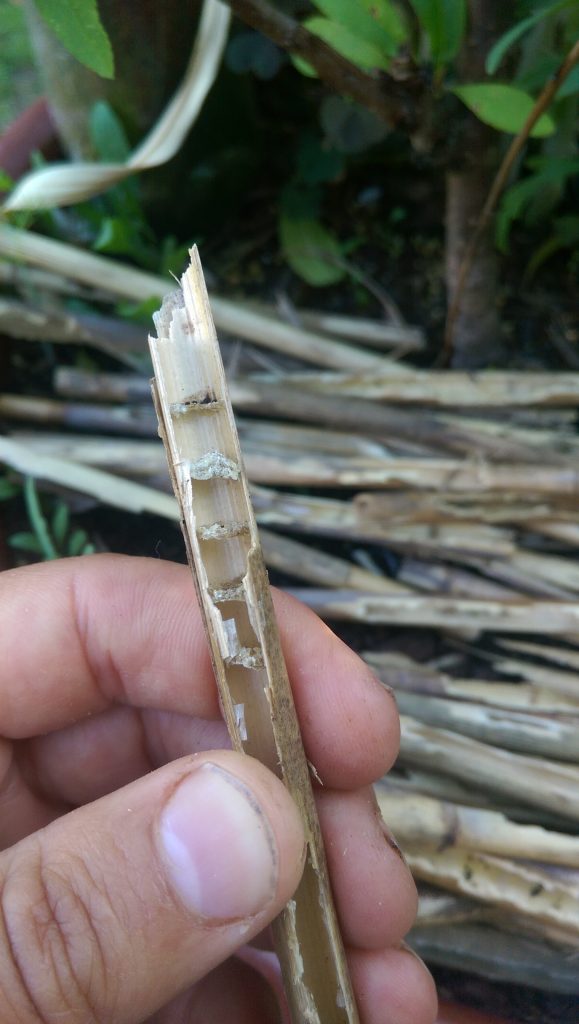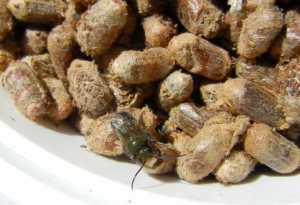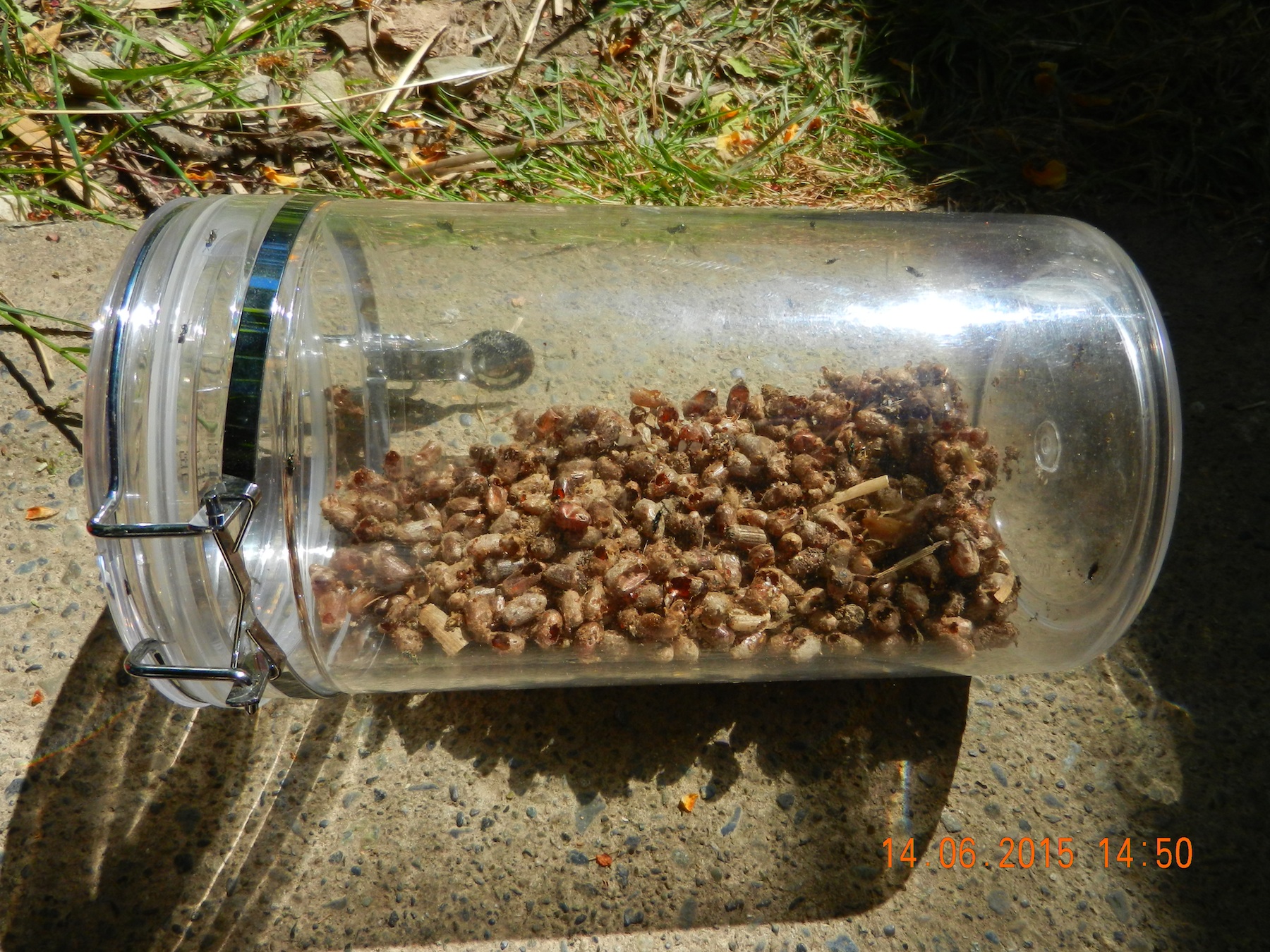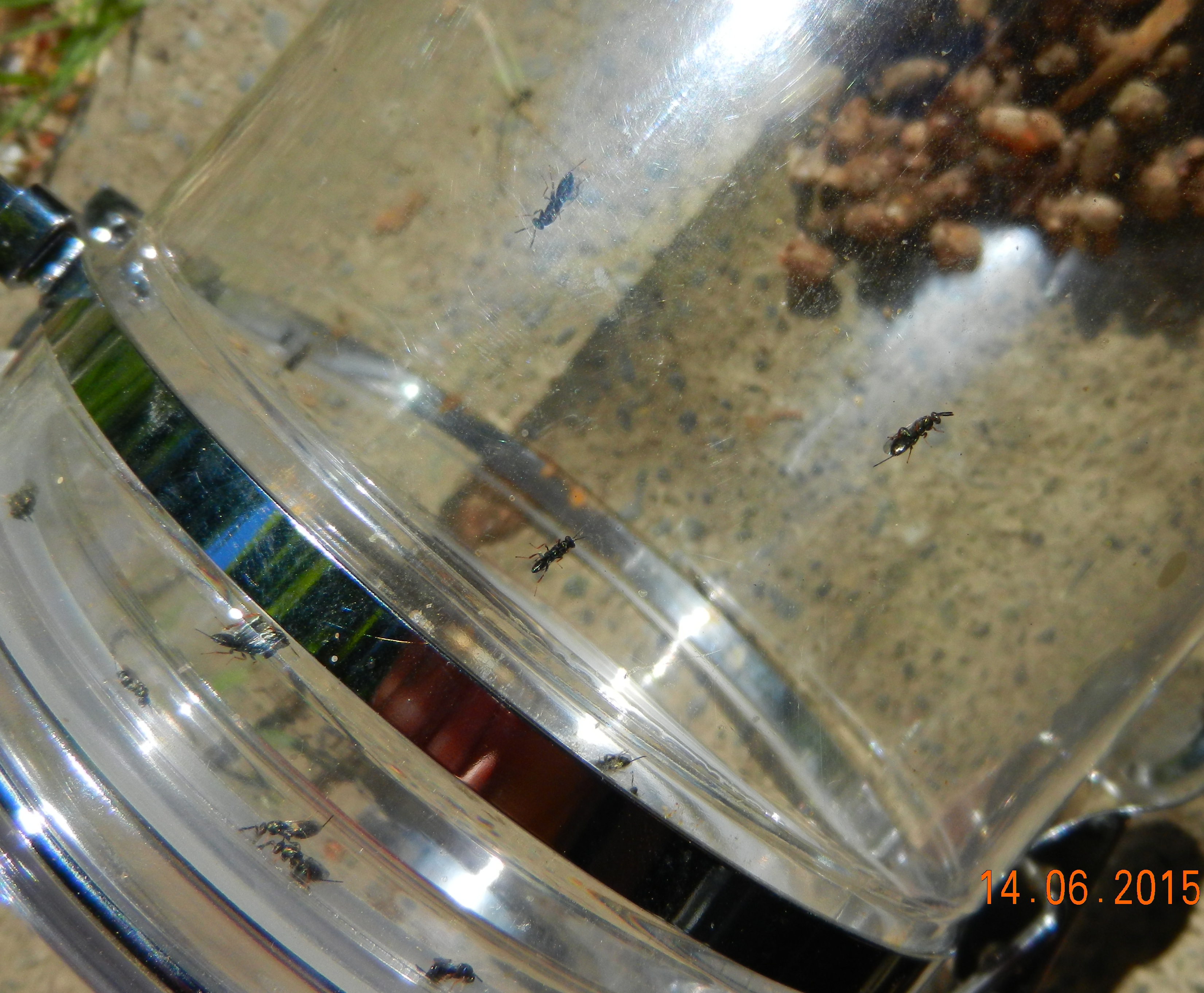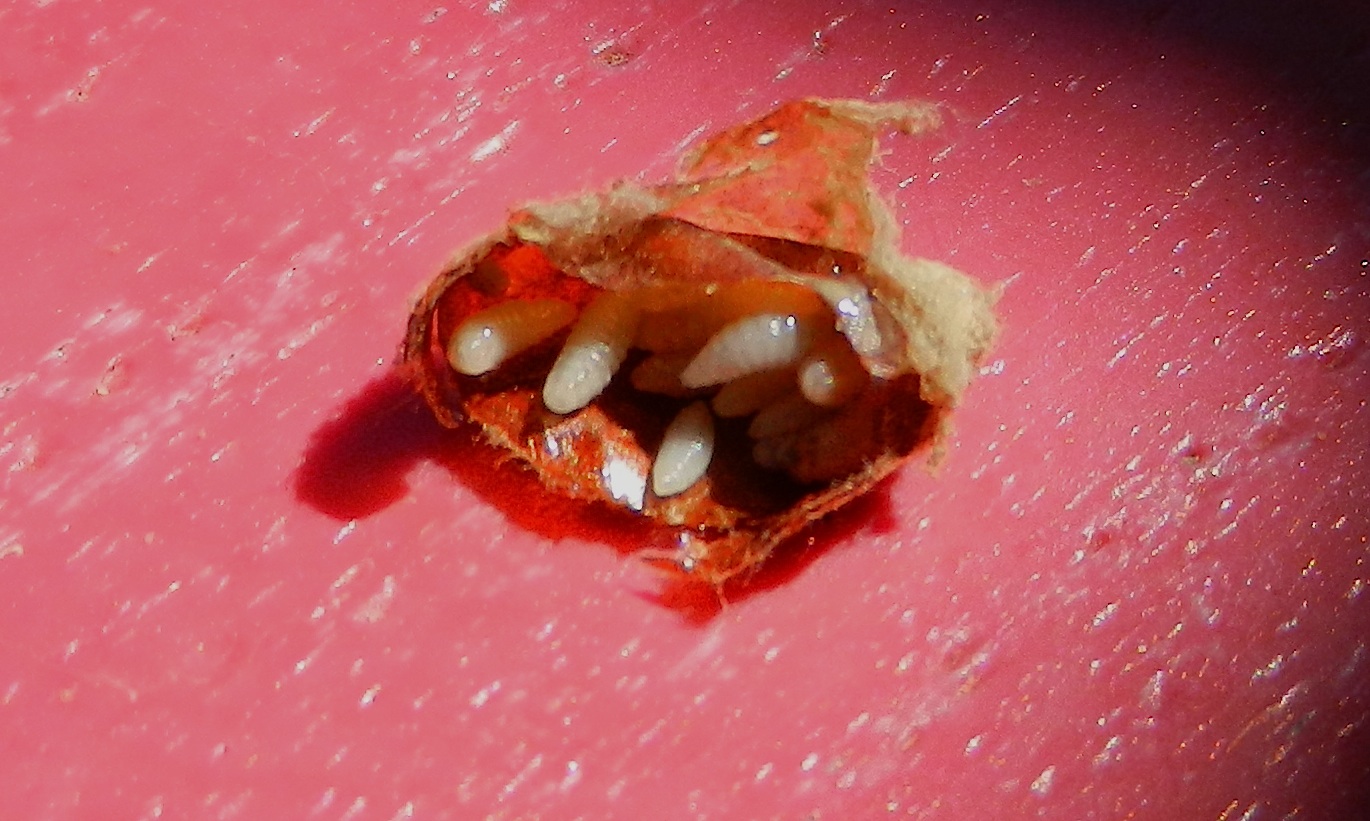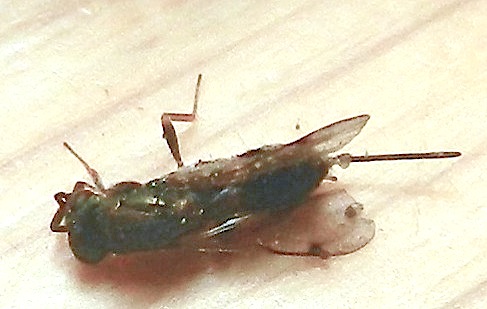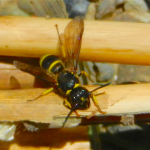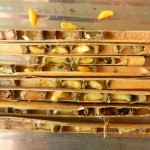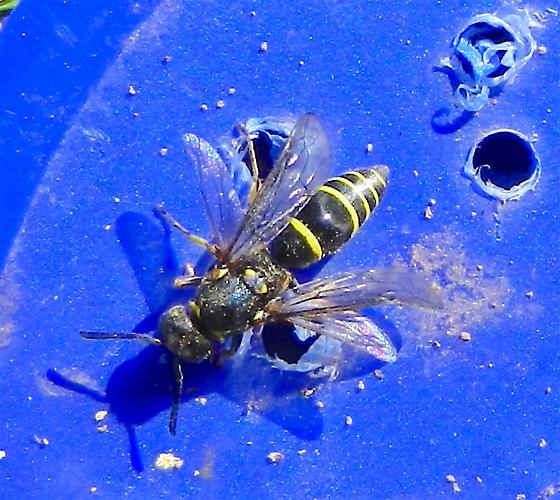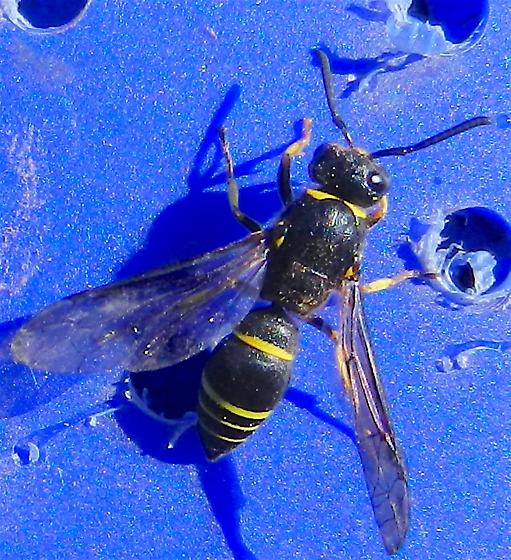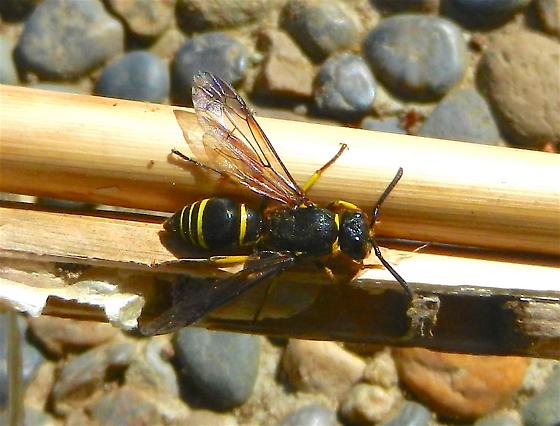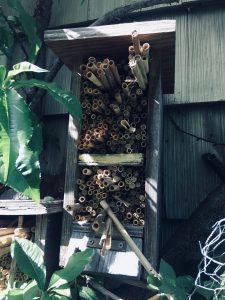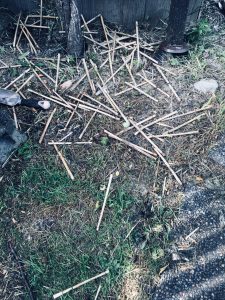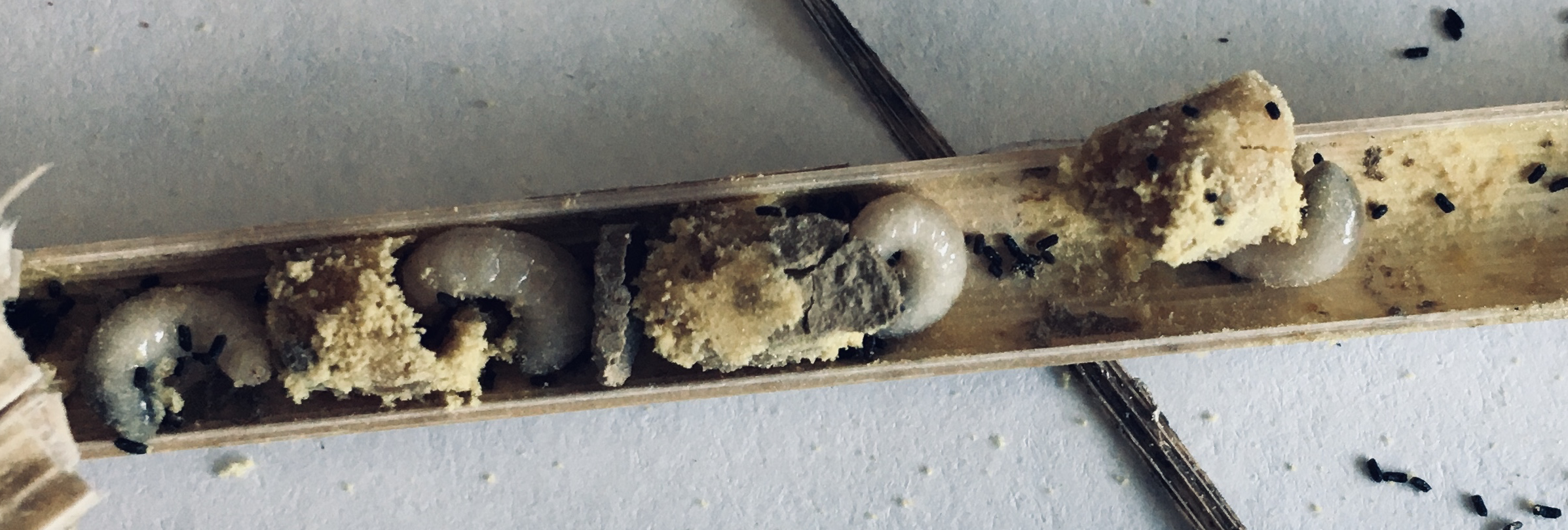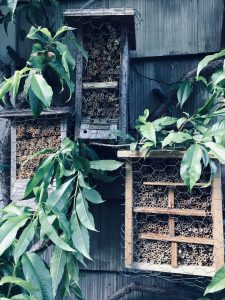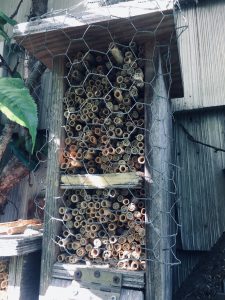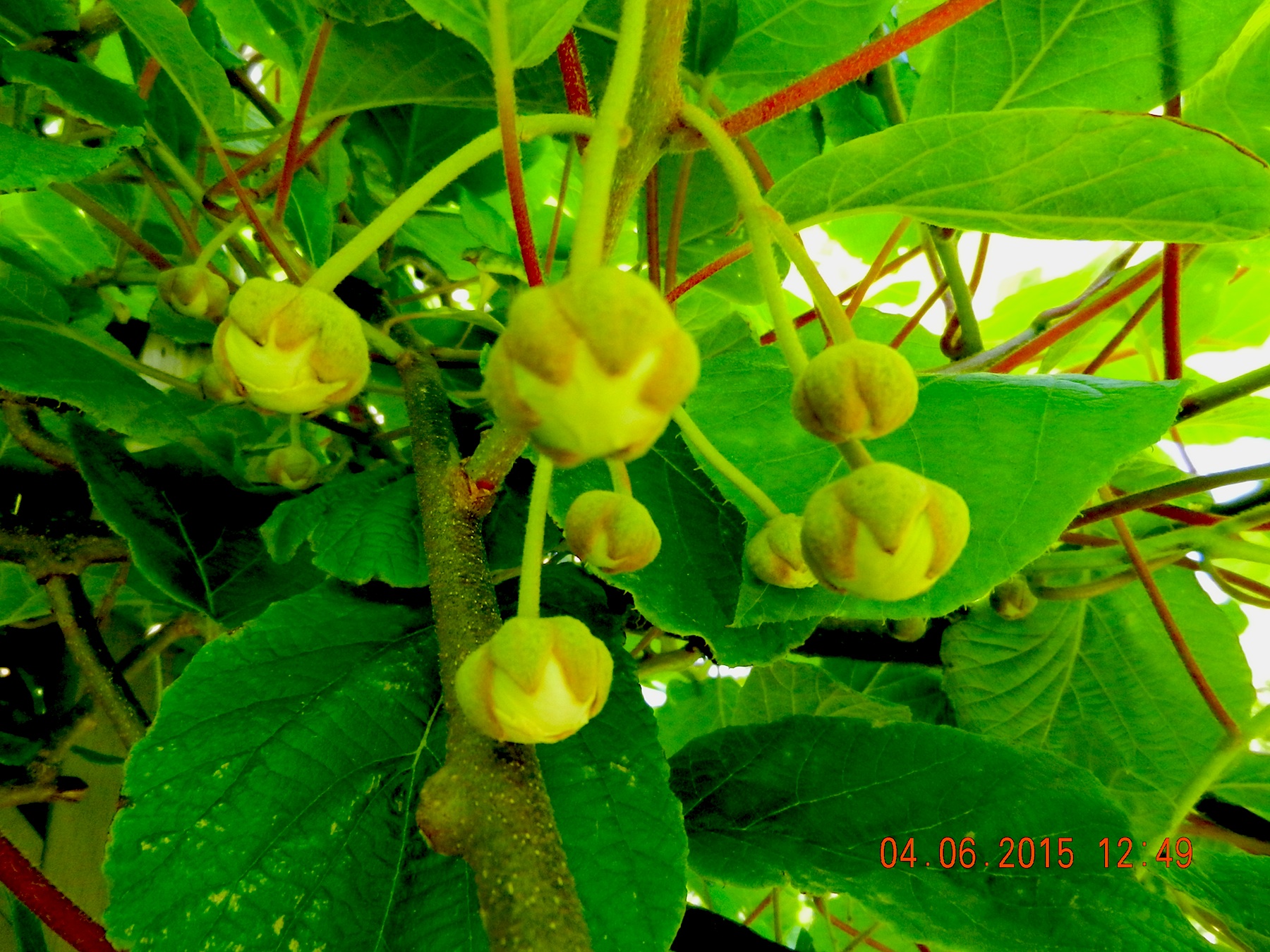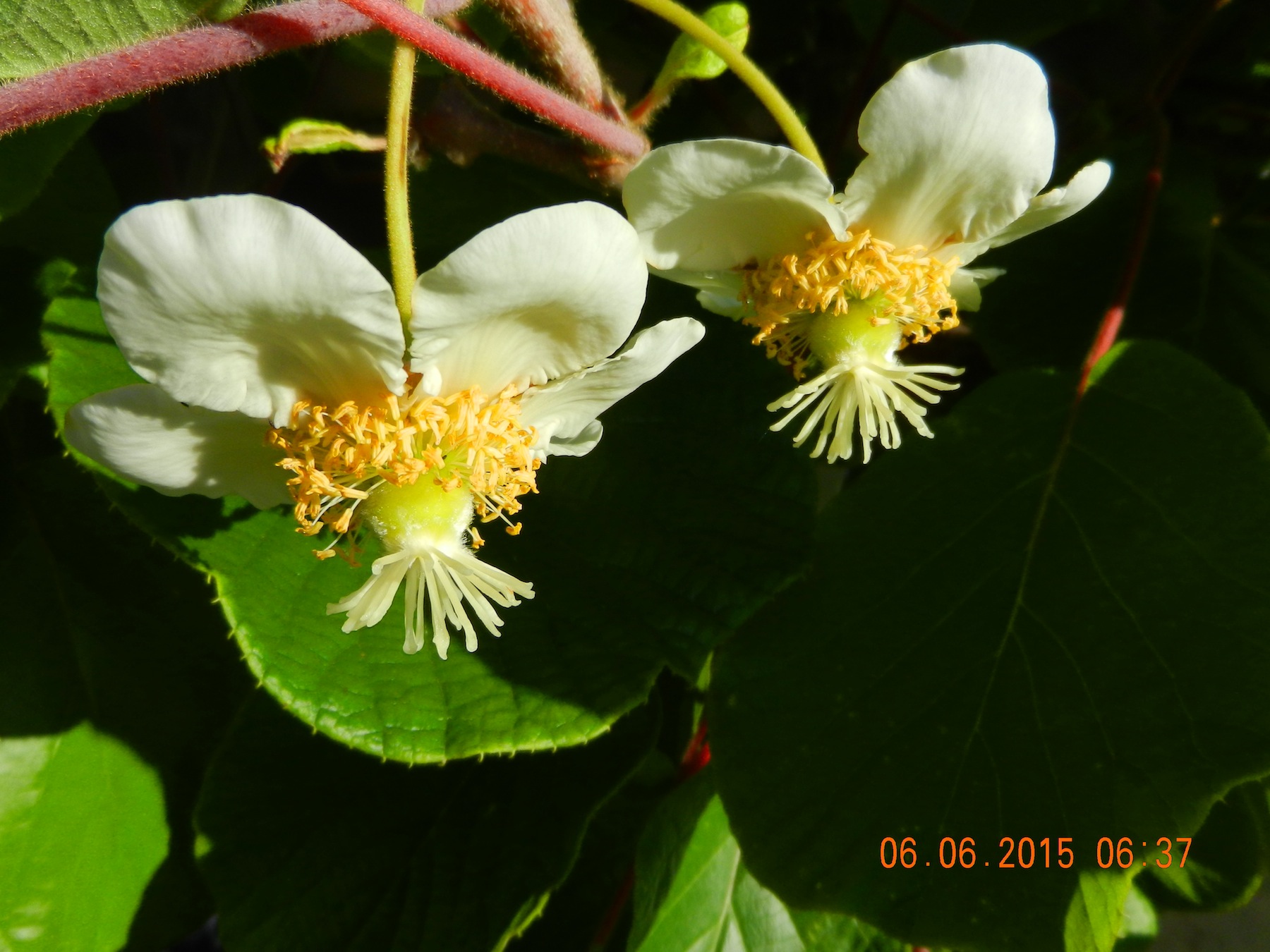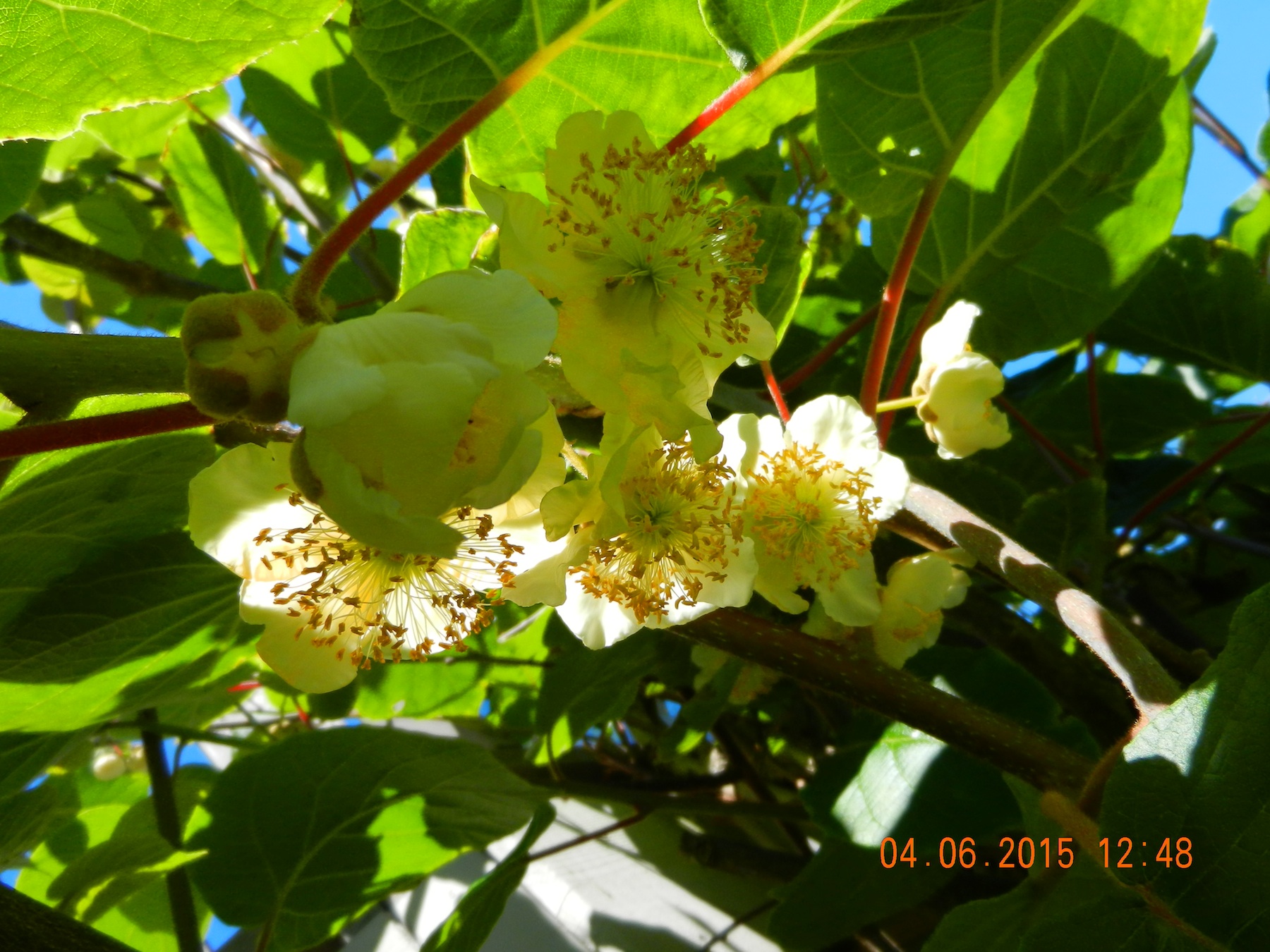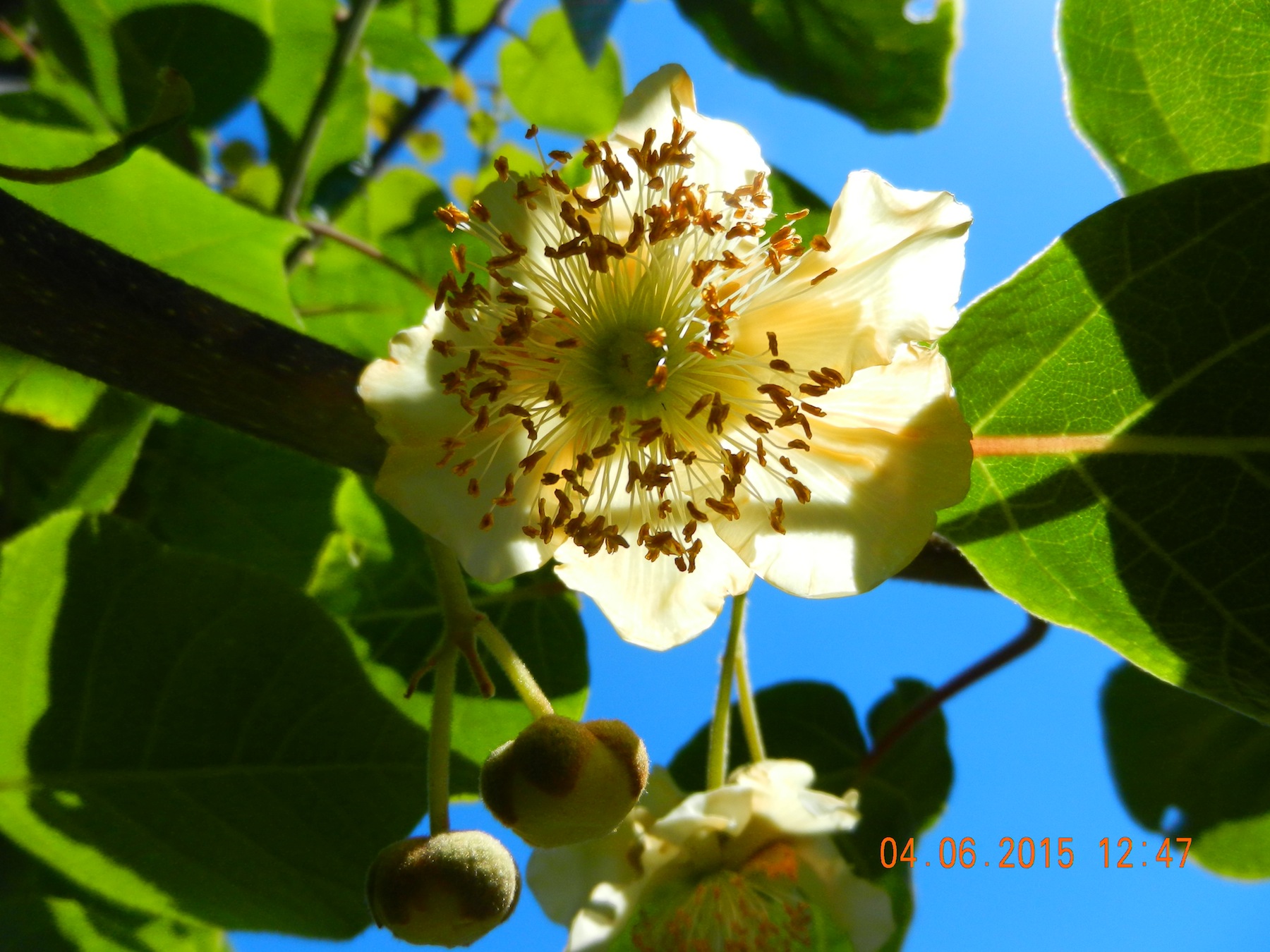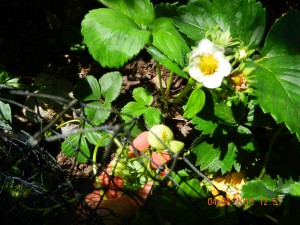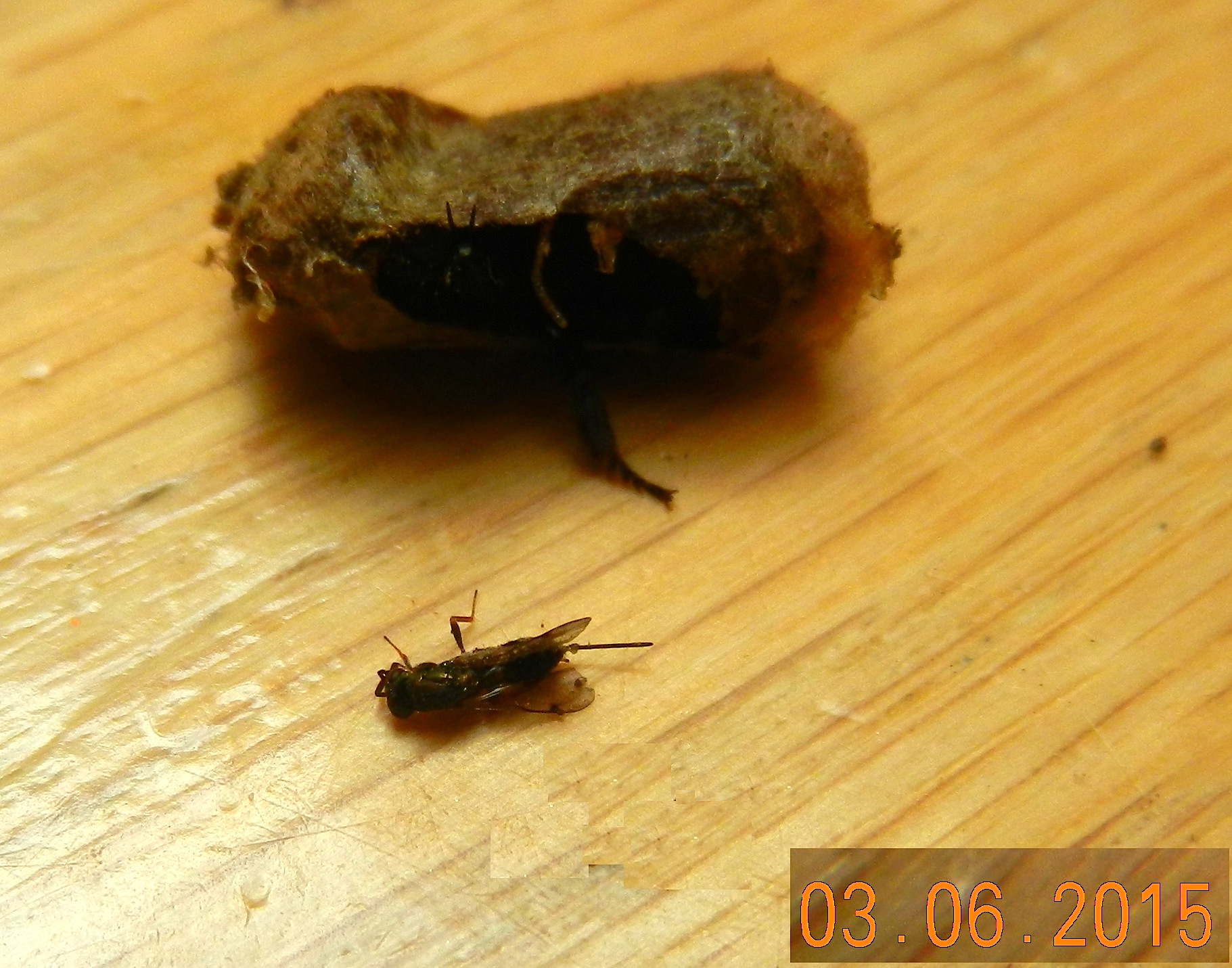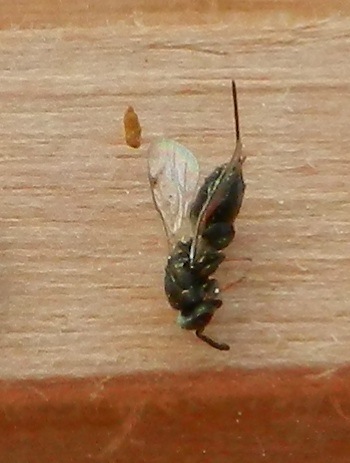I took this video with my iphone of pollen mites in November when I was cleaning out the mason bee phragmites tubes. This was the first time had seen so much movement of the mites. Removing of the cocoons from their tubes early in the fall can help to control infestations of these mites. If you don’t clean out the colony and refridgerate the cocoons until release in the spring, eventually the mites will lead do a large decline in productivity and therefore pollination.
A quote from the website of Crown Bees
Pollen Mites
- What it is: Pollen mites, more specifically Krombein’s hairy-footed mites, are clear and you need a magnifier to see them. What you can see easily is an orange mass that is mite feces. Pollen mites are found throughout North America; more in moist environments than arid. If you don’t harvest your cocoons, the pollen mites are reintroduced into your yard which accelerates the decline of your nesting mason bees. The mites also stay within an opened hole waiting for more pollen delivered by an unsuspecting mason bee.
- What it does: A pollen mite’s role in life is to eat pollen. They hitchhike on the backs of insects from flower to flower to find more pollen. Unfortunately, they also hitchhike into nesting holes and eat the mason bee’s pollen loaf. The pollen mite either eats the egg and then the pollen loaf, or just the pollen loaf and the larva then starves.
- What to do: As you harvest your mason bee cocoons in the fall keep an eye out for signs of pollen mites. We recommend dry brushing reusable wooden trays with a stiff brush to remove debris and pollen mites. You might also bake your wood trays at 250 degrees for 20 minutes. Harvesting mason bee cocoons is the easiest and best way to reduce pollen mite infections.





